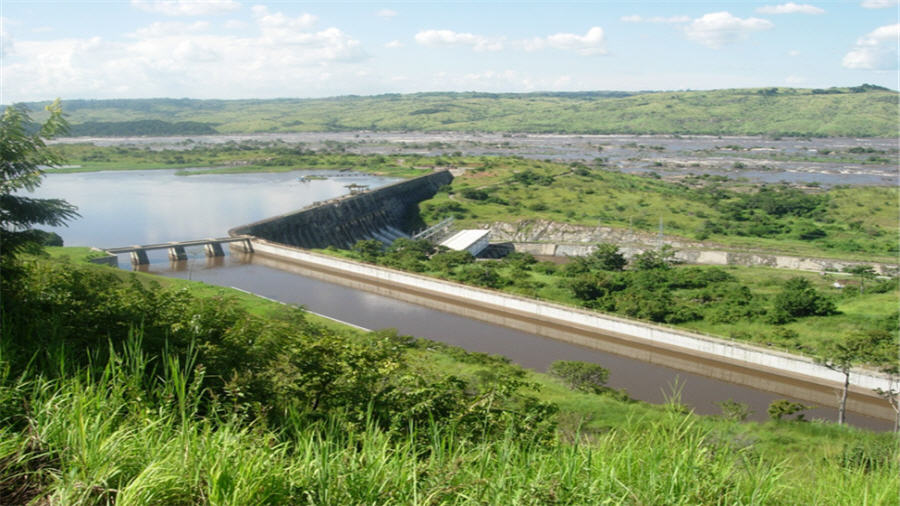Benjamin Franklin, one of the founding fathers of the US, once said that “energy and persistence conquer all things”.
The various Inga hydropower projects have been a dream of development planners for decades.
The various projects have the potential to dwarf the vast Three Gorges Dam hydro scheme in China, which has an installed capacity of ‘only’ 12GW.
So will it go ahead? The current status, as Wood Mackenzie reports, is that in June 2020 the DRC government presented the project proposal to African regional heads of state, with the aim of establishing the scale of potential demand.
While fully exploiting the potential of the Inga Falls has long been a dream of ambitious development planners, events have recently taken a turn towards reality.
“Secondly, Andrew Forrest has a vision of a hydrogen future and there are few, if any, undeveloped green energy sources of the scale of Grand Inga.
“Notwithstanding the broader cross-border political wrangling that will no doubt ensue, there is also the important issue of how best to harness Inga’s energy to capture value.
“Various governments have hatched plans over the years to process ore into metal, thereby creating jobs and keeping more of the wealth within their borders.
“That may be enough for the incumbent DRC government, but may not meet future political objectives in terms of value share, job creation, decarbonisation and extracting value from underdeveloped natural resources.
The immense supply of green energy Inga would generate could be used to enable full value chain conversion of West Africa’s vast iron ore and bauxite deposits.
Iron ore could be converted into ‘green’ steel using a process such as the Hybrit method under development by SSAB, LKAB and Vattenfall in Sweden, Kettle says.
“On the aluminium front it’s essentially the same story,” Kettle says.
Aside from the reduction in direct emissions, a far simpler and shorter supply chain would lower transportation emissions, Kettle emphasizes.
